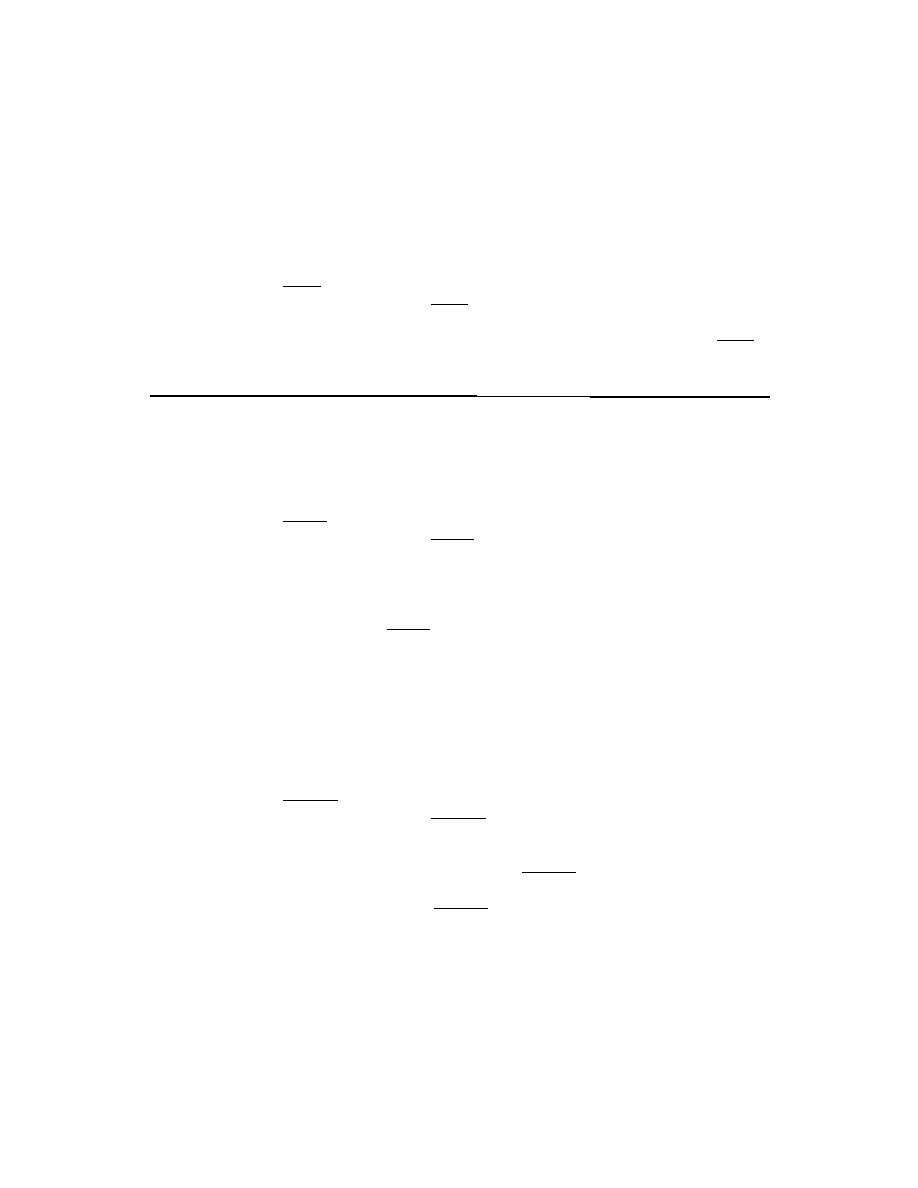- 您現(xiàn)在的位置:買(mǎi)賣(mài)IC網(wǎng) > PDF目錄30712 > L64005-F (LSI CORP) SPECIALTY CONSUMER CIRCUIT, PQFP160 PDF資料下載
參數(shù)資料
| 型號(hào): | L64005-F |
| 廠商: | LSI CORP |
| 元件分類(lèi): | 消費(fèi)家電 |
| 英文描述: | SPECIALTY CONSUMER CIRCUIT, PQFP160 |
| 封裝: | PLASTIC, QFP-160 |
| 文件頁(yè)數(shù): | 25/272頁(yè) |
| 文件大小: | 1252K |
| 代理商: | L64005-F |
第1頁(yè)第2頁(yè)第3頁(yè)第4頁(yè)第5頁(yè)第6頁(yè)第7頁(yè)第8頁(yè)第9頁(yè)第10頁(yè)第11頁(yè)第12頁(yè)第13頁(yè)第14頁(yè)第15頁(yè)第16頁(yè)第17頁(yè)第18頁(yè)第19頁(yè)第20頁(yè)第21頁(yè)第22頁(yè)第23頁(yè)第24頁(yè)當(dāng)前第25頁(yè)第26頁(yè)第27頁(yè)第28頁(yè)第29頁(yè)第30頁(yè)第31頁(yè)第32頁(yè)第33頁(yè)第34頁(yè)第35頁(yè)第36頁(yè)第37頁(yè)第38頁(yè)第39頁(yè)第40頁(yè)第41頁(yè)第42頁(yè)第43頁(yè)第44頁(yè)第45頁(yè)第46頁(yè)第47頁(yè)第48頁(yè)第49頁(yè)第50頁(yè)第51頁(yè)第52頁(yè)第53頁(yè)第54頁(yè)第55頁(yè)第56頁(yè)第57頁(yè)第58頁(yè)第59頁(yè)第60頁(yè)第61頁(yè)第62頁(yè)第63頁(yè)第64頁(yè)第65頁(yè)第66頁(yè)第67頁(yè)第68頁(yè)第69頁(yè)第70頁(yè)第71頁(yè)第72頁(yè)第73頁(yè)第74頁(yè)第75頁(yè)第76頁(yè)第77頁(yè)第78頁(yè)第79頁(yè)第80頁(yè)第81頁(yè)第82頁(yè)第83頁(yè)第84頁(yè)第85頁(yè)第86頁(yè)第87頁(yè)第88頁(yè)第89頁(yè)第90頁(yè)第91頁(yè)第92頁(yè)第93頁(yè)第94頁(yè)第95頁(yè)第96頁(yè)第97頁(yè)第98頁(yè)第99頁(yè)第100頁(yè)第101頁(yè)第102頁(yè)第103頁(yè)第104頁(yè)第105頁(yè)第106頁(yè)第107頁(yè)第108頁(yè)第109頁(yè)第110頁(yè)第111頁(yè)第112頁(yè)第113頁(yè)第114頁(yè)第115頁(yè)第116頁(yè)第117頁(yè)第118頁(yè)第119頁(yè)第120頁(yè)第121頁(yè)第122頁(yè)第123頁(yè)第124頁(yè)第125頁(yè)第126頁(yè)第127頁(yè)第128頁(yè)第129頁(yè)第130頁(yè)第131頁(yè)第132頁(yè)第133頁(yè)第134頁(yè)第135頁(yè)第136頁(yè)第137頁(yè)第138頁(yè)第139頁(yè)第140頁(yè)第141頁(yè)第142頁(yè)第143頁(yè)第144頁(yè)第145頁(yè)第146頁(yè)第147頁(yè)第148頁(yè)第149頁(yè)第150頁(yè)第151頁(yè)第152頁(yè)第153頁(yè)第154頁(yè)第155頁(yè)第156頁(yè)第157頁(yè)第158頁(yè)第159頁(yè)第160頁(yè)第161頁(yè)第162頁(yè)第163頁(yè)第164頁(yè)第165頁(yè)第166頁(yè)第167頁(yè)第168頁(yè)第169頁(yè)第170頁(yè)第171頁(yè)第172頁(yè)第173頁(yè)第174頁(yè)第175頁(yè)第176頁(yè)第177頁(yè)第178頁(yè)第179頁(yè)第180頁(yè)第181頁(yè)第182頁(yè)第183頁(yè)第184頁(yè)第185頁(yè)第186頁(yè)第187頁(yè)第188頁(yè)第189頁(yè)第190頁(yè)第191頁(yè)第192頁(yè)第193頁(yè)第194頁(yè)第195頁(yè)第196頁(yè)第197頁(yè)第198頁(yè)第199頁(yè)第200頁(yè)第201頁(yè)第202頁(yè)第203頁(yè)第204頁(yè)第205頁(yè)第206頁(yè)第207頁(yè)第208頁(yè)第209頁(yè)第210頁(yè)第211頁(yè)第212頁(yè)第213頁(yè)第214頁(yè)第215頁(yè)第216頁(yè)第217頁(yè)第218頁(yè)第219頁(yè)第220頁(yè)第221頁(yè)第222頁(yè)第223頁(yè)第224頁(yè)第225頁(yè)第226頁(yè)第227頁(yè)第228頁(yè)第229頁(yè)第230頁(yè)第231頁(yè)第232頁(yè)第233頁(yè)第234頁(yè)第235頁(yè)第236頁(yè)第237頁(yè)第238頁(yè)第239頁(yè)第240頁(yè)第241頁(yè)第242頁(yè)第243頁(yè)第244頁(yè)第245頁(yè)第246頁(yè)第247頁(yè)第248頁(yè)第249頁(yè)第250頁(yè)第251頁(yè)第252頁(yè)第253頁(yè)第254頁(yè)第255頁(yè)第256頁(yè)第257頁(yè)第258頁(yè)第259頁(yè)第260頁(yè)第261頁(yè)第262頁(yè)第263頁(yè)第264頁(yè)第265頁(yè)第266頁(yè)第267頁(yè)第268頁(yè)第269頁(yè)第270頁(yè)第271頁(yè)第272頁(yè)

3-4
Signals
Final Rev F
Copyright 1996 by LSI Logic Corporation. All rights reserved.
READ
Read/Write Strobe
Input
When READ is LOW, the host writes to the decoder.
When READ is HIGH, the host reads from the decoder.
READ is ignored in cycles in which VVALID or AVALID is
LOW when in parallel stream mode.
WAIT
Wait
3-State Output
When WAIT is asserted LOW during read access, it indi-
cates that the decoder’s host interface is still busy trans-
ferring data. Otherwise, the L64005 3-states the WAIT
signal. A pull-down resistor is required for this signal.
3.2
Channel
Interface
This section describes the signals that comprise the channel interface.
The channel interface receives the coded MPEG bitstream data from the
upstream device. The channel interface can receive data in serial or par-
allel format. Serial and parallel write requests are also described in this
section, following the signal descriptions.
AREQ
Audio Transfer Request
Output
When AREQ is asserted LOW, it indicates that the
decoder is ready to receive a new byte of coded audio
data (or system data in system mode). The decoder is
considered ready when both the interface is ready and
there is room in the audio channel buffer. If this is not true
AREQ will not be asserted. The maximum transfer rate
over this interface is 27 Mbits/s in serial mode, and 40
Mbits/s in parallel mode.
AVALID
Audio Data Valid
Input
In serial stream mode, the serial clock writes the next bit
of audio or system data into the chip if AVALID is
asserted HIGH. In parallel stream mode, the rising edge
of AVALID writes the next byte of audio or system data.
ERROR
Error
Input
When ERROR is asserted, it indicates that the channel
data has an error. In parallel stream mode it is latched
with the data on the rising edge of AVALID or VVALID. In
serial stream mode, ERROR is latched on the rising edge
of SCLKI if either AVALID or VVALID is also asserted
HIGH. ERROR is used to signal uncorrectable errors in
the channel, and is subsequently used to invoke error
handling in the decoder.
相關(guān)PDF資料 |
PDF描述 |
|---|---|
| L64007 | SPECIALTY CONSUMER CIRCUIT, PQFP160 |
| L64013A1 | SPECIALTY CONSUMER CIRCUIT, PQFP100 |
| L64014A | SPECIALTY CONSUMER CIRCUIT, PQFP144 |
| L64015 | SPECIALTY CONSUMER CIRCUIT, PQFP144 |
| L64020XDC | SPECIALTY CONSUMER CIRCUIT, CBGA208 |
相關(guān)代理商/技術(shù)參數(shù) |
參數(shù)描述 |
|---|---|
| L64010ADC | 制造商:未知廠家 制造商全稱(chēng):未知廠家 功能描述:Multiplier/Accumulator |
| L64010ADCC | 制造商:未知廠家 制造商全稱(chēng):未知廠家 功能描述:Multiplier/Accumulator |
| L64010ADM | 制造商:未知廠家 制造商全稱(chēng):未知廠家 功能描述:Multiplier/Accumulator |
| L64010ADMB | 制造商:未知廠家 制造商全稱(chēng):未知廠家 功能描述:Multiplier/Accumulator |
| L64010ADMC | 制造商:未知廠家 制造商全稱(chēng):未知廠家 功能描述:Multiplier/Accumulator |
發(fā)布緊急采購(gòu),3分鐘左右您將得到回復(fù)。